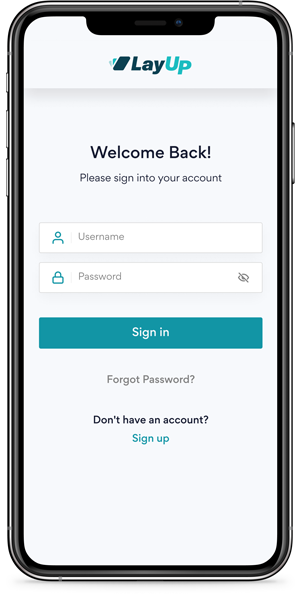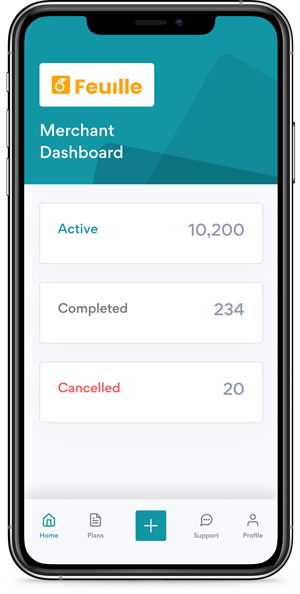Globally, electronic payments are a booming industry. Having attracted more investment than any other financial services sector, it’s delivered the highest returns and growth in the sector over the past decade. South Africa is no exception.
In our country’s dynamic payment landscape, businesses must adapt to changing consumer preferences and technological advancements. One crucial aspect of this adaptation is ensuring they offer diverse and convenient payment methods to their customers. Payments are becoming increasingly cashless, and the industry’s role in fostering inclusion has become a significant priority. Whether you operate online, in-store, or both, catering to the diverse payment needs of your clients can enhance customer satisfaction and boost your revenue.
In this post, we’ll explore various payment methods applicable to the South African market, both online and in-store.
Credit and Debit Cards
Credit and debit cards are the most commonly used payment methods in South Africa. Major card networks like Visa and Mastercard are widely accepted. (Valued at $90.7 billion in 2021, the cards and payments market size is expected to grow at a CAGR of more than 7% during the period 2021-2035.) Businesses can use point-of-sale (POS) terminals to process card payments in-store or integrate card payment gateways for online transactions. To guarantee safety, complying with Payment Card Industry Data Security Standard (PCI DSS) is a requirement.
READ MORE: Buying Without Credit – Shopping Options You Have
Mobile Payments
Mobile payments have gained significant popularity in South Africa. Innovations, entrepreneurs, and capital are reshaping the fast-growing electronic payments landscape with solutions for consumers and businesses alike. Options like SnapScan, Zapper, and Samsung Pay allow customers to make payments using their smartphones. Integrating these payment methods into your online store or enabling QR code scanning at your physical location can attract tech-savvy customers.
EFT (Electronic Funds Transfer)
Electronic Funds Transfer (EFT) is a popular method for online payments. Customers can transfer funds directly from their bank accounts to yours. To accommodate EFT payments, make sure to display your bank details clearly and provide an automated system for order verification.
Instant EFT Solutions
Instant EFT solutions like PayFast and Ozow are gaining traction in the South African market. Owing to these services, customers can make instant online payments without needing to reveal their banking details to the merchant. Integrating instant EFT options can reduce cart abandonment rates for e-commerce businesses.
Cash Payments
Even as digital payments continue to expand, cash still holds its ground as a widely used form of payment, particularly in brick-and-mortar stores. Ensure that your in-store setup includes a secure cash handling process, and consider offering cash-on-delivery (COD) for online orders.
The cash payment space in South Africa is dynamic and emerging, driven by a combination of factors including technological advancements, government initiatives, and consumer preferences. Digital technologies have enabled new market entrants and solutions from proximate industries that are actively engaging in and shaping the payments space. With more and more payment options available to consumers – increasingly so in the form of online payment systems like EasyPay and Pay@ locally – it’s easier, faster and safer to receive cash payments online. Furthermore, via these systems, consumers have the option to pay via cash at various locations, like Shoprite and Pick ‘n Pay.
Laybys
Lay-by agreements are a popular way of buying goods in South Africa. They allow customers to pay for their purchases over a period of time, with no interest payments or costly instalments. The customer and the retailer agree on the total cost of the purchase, as well as how long it will take to pay off the amount due.
Harnessing the notion of ‘Save Now, Buy Later’ (SNBL), a counter-reaction a few fintech startups like LayUp Technologies, Accrue Savings, Mulipli and Monkee have initiated, Laybys provide more buying power for consumers, allowing them to split their purchases over time. With rising interest rates, a looming recession, and job losses, SNBL can be a less risky payment method compared to unsecured loans like credit cards or Buy Now, Pay Later (BNPL). This movement aims to provide the same user-friendly embedded payment experience as BNPL, but without pushing people into credit.
Stokvels, also known as savings clubs or group savings schemes, are a popular financial concept in many African countries, particularly South Africa, that support the SNBL ethos. Encouraging consistent saving, stokvels provide a structured way to save for future expenses and offer a support network that allows members to benefit from their collective contributions. By committing to these monthly amounts, individuals learn to save consistently.
READ MORE: Save Now, Buy Later & How It Works
Cryptocurrencies
While not as widely adopted as other methods, cryptocurrencies like Bitcoin are slowly gaining acceptance in South Africa. A growing number of businesses are beginning to embrace cryptocurrencies as an acceptable payment option. If your target audience includes tech-savvy or international customers, integrating cryptocurrency payments could set you apart.
Loyalty Programmes and Gift Cards
Implementing loyalty programmes and gift card systems can drive customer retention and increase revenue. Customers in South Africa appreciate the convenience and flexibility of using gift cards, which can be applied both online and in-store.
Contactless Payments
Contactless payments, facilitated through NFC technology, have surged in popularity, driven in part by the COVID-19 pandemic. It’s important that businesses have the necessary hardware to accept contactless payments. This includes card readers and mobile payment terminals.
Over the next ten years (and beyond) we’re set to see even faster changes in the payments landscape, building on the accelerating growth in electronic payments and the advent of new and disruptive market players. And the emerging markets will be at the forefront of this payments transformation.
For a business to succeed in a rapidly evolving payment market, a selection of payment methods is prudent. By understanding and accommodating a customer’s payment preference – be the transactions online or in-store – you can enhance their shopping experience, build trust and ultimately boost revenue. To meet the ever-changing needs of your clientele, monitor emerging payment trends and be ready to adapt your payment offerings.
LayUp is your perfect shopping partner in everything lay-by – click here to sign up.


